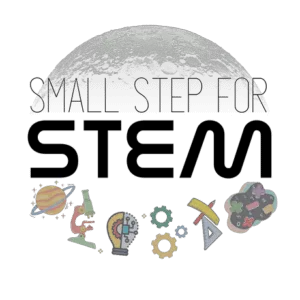Disclosure: this post contains affiliate links, which means I may receive a commission if you click a link and purchase something at no extra cost to you. Please check out our policies page for more details.
for more details.
It’s a simple experiment, but learning how to measure objects correctly is an important mathematical foundation for all kids to learn (and practice!).
This experiment involves young children getting out into nature and measuring objects that they find. It helps build the important groundwork for future math concepts, helps with observation skills, and gets kids outside!
You can easily adjust the intensity of this experiment by having your child measure down to the fraction or even have them measure using the metric system (if based in the United States; use the imperial system if based elsewhere) to get practice in other measurement systems.
So grab your ruler and let’s get to measuring!

How to make the Measure Up experiment
Supplies you will need
For this experiment, you’ll need:
- Ruler
 or measuring tape
or measuring tape
- Piece of paper or this free printable
- Optional: clipboard

Before you start
The free printable includes measurements under 12″, so you can use a ruler or measuring tape to do this experiment. In my opinion, a ruler would be better to start with, since it’s more likely they will see these in school and they’re easier to manipulate.
Instructions
Here is how to do this experiment with your child:
Step 1: Print out the FREE printable
I created a very simple printable that allows you to print and go.
If you don’t have access to a printer, you can create a simple worksheet yourself by listing out a range of measurements and space to write the items you find for those ranges.
Step 2: Head outside and start measuring!
There’s not much to do to prepare for this experiment except for what you did in the last step.
This step is all about heading outside and measuring things!
They may tend to stick to what they know or are familiar with, which means a lot of the same-size items. Encourage your child to find things of varying sizes.
You could even make it a game and see who can find the most items in each measurement category!



Step 3: Compare results
When you’re done, look over your results. Did you notice you found more of any particular size? Could your child make any observations about the size of items and what they are?
The STEM behind the Measure Up experiment
This experiment teaches:
- Measurement
- Counting
- Observation skills
How it works
This experiment helps small children practice their measurement and counting skills while getting out into nature.
By having a list of different measurements, kids must use a ruler to measure and categorize objects they find outside, giving them ample practice in the mathematical lesson in measurement. Measuring objects lays the groundwork for future math lessons and is an important concept to learn.
This experiment also boosts observation skills by having your child find objects of varying sizes out in nature and categorizing them.
Measurement
When kids are around 3, they start to understand the basics of measurement. Not the act of measuring objects necessarily, but identifying if objects are shorter or taller than other objects.
As kids get a little older (around 5), they can start applying numbers to their measurements, even if it’s not a formal unit of measurement (“this cup is 8 Unifix cubes tall“).
Measuring is an important mathematical concept for children to work through and understand. Simple measurement activities like this experiment lay the groundwork for later measurement lessons. Plus it gets kids outside in nature to see that we can measure anything!
Counting
This simple experiment is great for practicing counting!
Whether your child is counting the notches on a ruler to measure something or counting the objects they found in nature with a particular measurement, this is a great lesson to practice one-to-one correspondence.
Observation skills
In order to find objects that might match a certain measurement, kids have to dial in their observation skills to help them locate these objects.
